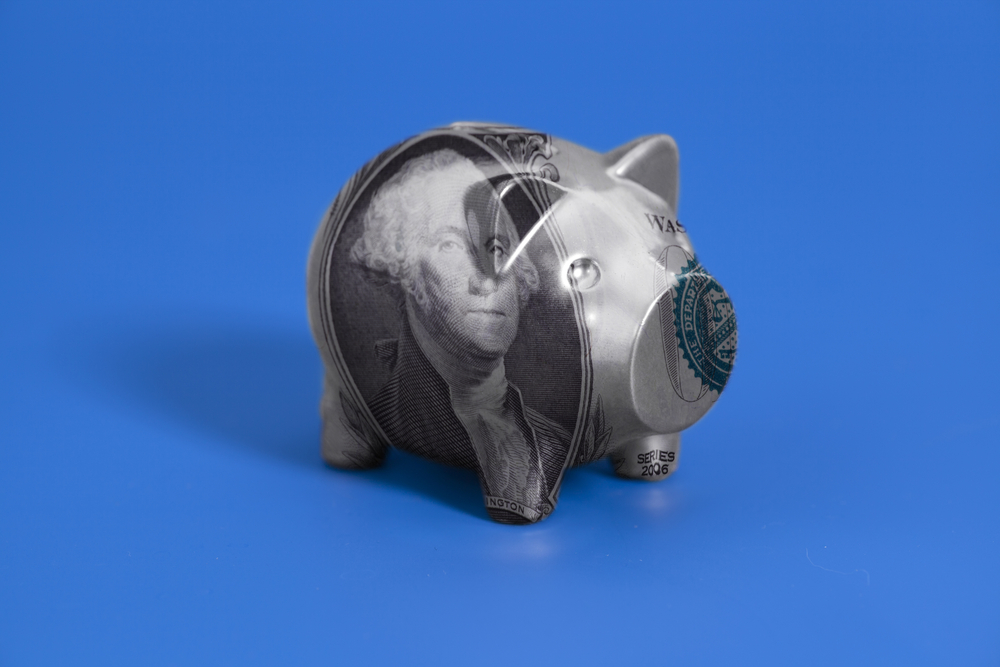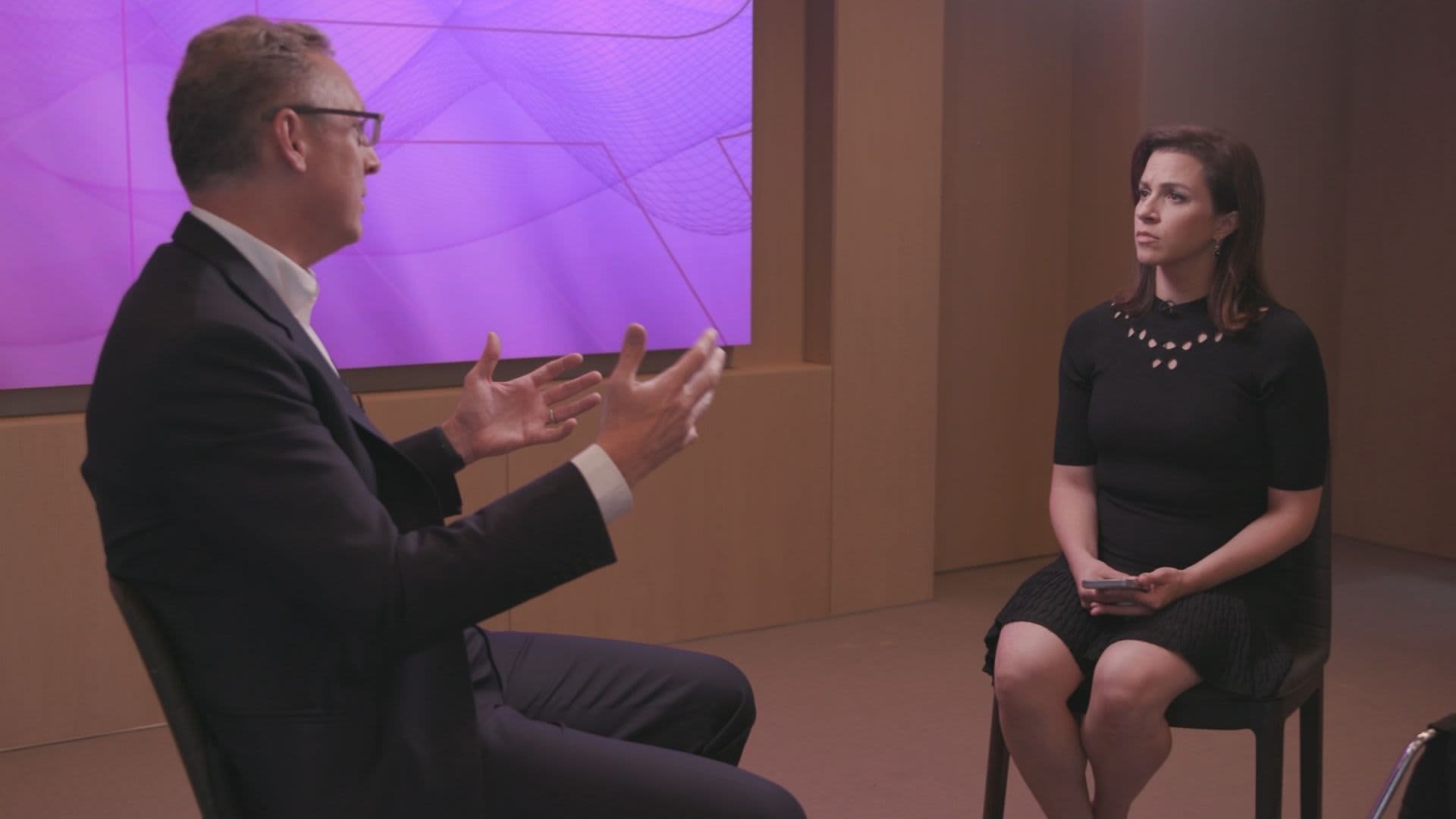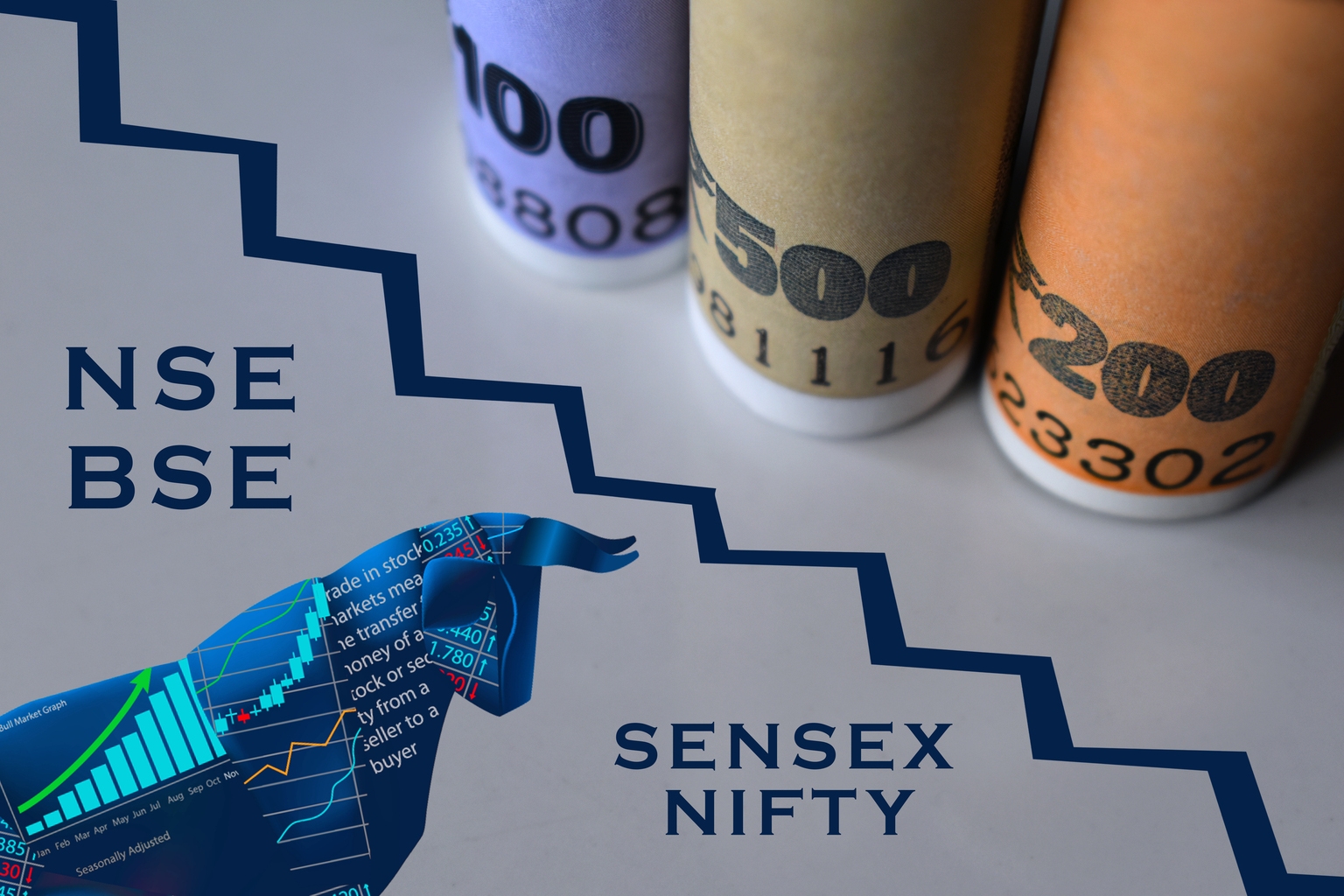Receive free Emerging market investing updates
We’ll send you a myFT Daily Digest email rounding up the latest Emerging market investing news every morning.
Humans have an innate desire to sort and categorise the world around them. The economist Antoine van Agtmael is no exception. In 1981 at the World Bank, he coined the phrase “emerging markets” as a more aspirational alternative to the term “third world”. The label has since become synonymous with a hotchpotch of fast-growing nations considered to be riskier investment prospects than “developed markets”. While it may have been a successful rebrand, for economists and investors the catchall term has become unhelpful.
Emerging markets, which account for the bulk of the world’s population, are not a homogeneous group. Rather, they consist of dynamic and highly diverse countries at different stages of development — and their composition has changed vastly since the term became popular. For instance, the breakneck growth of China and India — whose contribution to global growth rose about 20 percentage points in the 2000s from the 1980s — makes them particular outliers when compared to fellow EMs.
Recent shocks have also underscored the economic diversity across EMs. On the policy front, central banks in emerging Europe and Latin America were particularly aggressive in raising interest rates to get ahead of inflation in the aftermath of the pandemic and the war in Ukraine. Meanwhile, some EMs have prudently built up foreign currency reserves and issued more home currency debt making them less susceptible to crisis dynamics.
Volatile commodity markets have also distinguished net energy exporters from importers and those with critical reserves. And tensions between the west and China are having differing economic impacts too, depending on geography and diplomatic relations. Indeed, though trade liberalisation since the 1990s helped most EMs to take off, the next phase of globalisation, which looks to be punctuated by rising protectionism and friend-shoring, is set to have more differentiated impacts.
This variation makes the EM moniker increasingly unfit for macroeconomic and investment analysis. The broad-brush label can obscure risks and opportunities. For instance, the rising narrative around EMs’ economic resilience — with fewer than anticipated debt defaults in the aftermath of the pandemic — risks playing down the pockets of vulnerability that still exist. Turkey has a dearth of FX reserves, private sector debt servicing costs in Brazil and China are concerning, and Tunisia and Pakistan are on the brink.
Financial markets also still rely on the EM-DM dichotomy or other regional groupings. But investors will want exposure to countries likely to benefit from new trends, including the scramble for critical minerals and “China plus one” supply chain strategies. Indeed, disaggregating EM bonds, equities and alternative assets, such as infrastructure projects, on a country or thematic basis could help investors to unlock higher returns and enable developing countries to obtain more capital. For that, access to reliable country-level data will be important.
There have been numerous attempts to popularise other groupings. The Brics nations — Brazil, Russia, India, China and South Africa — are perhaps the most famous. Then there are “emerging and growth leading economies”, or Eagles. Few have proved useful, given large economic differences in terms of trade, growth and financial openness. Definitions also vary. Investment indices focus on market access metrics, while economic bodies prefer macroeconomic thresholds. That is partly why South Korea, for example, is considered an advanced economy by the IMF yet falls under the MSCI index’s emerging markets group.
The developing world does not fall neatly into a single category. And, in a global economy hit by multiple crises and geopolitical upheaval, there are even greater upsides for economists and investors that can differentiate between them. Perhaps it is time to retire the EM label altogether.
















